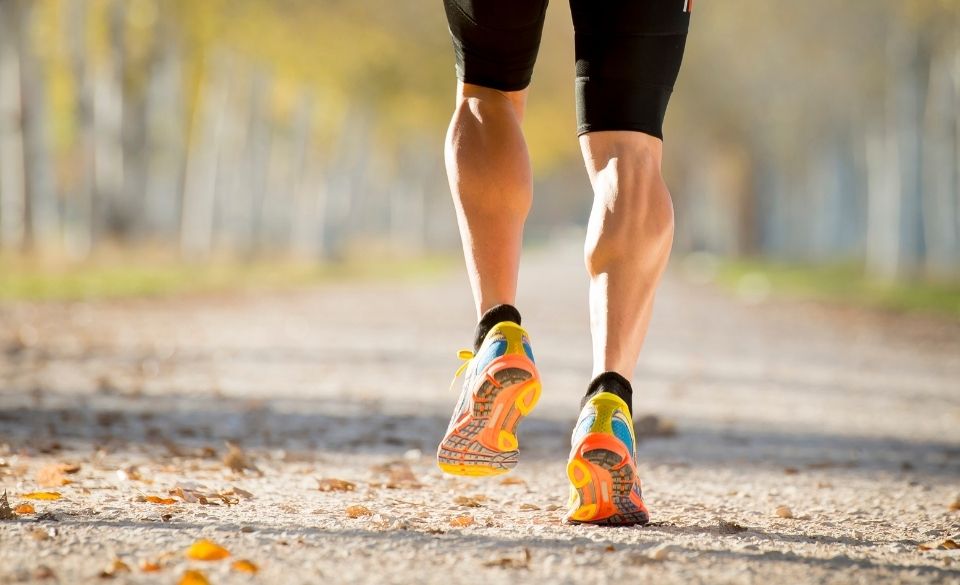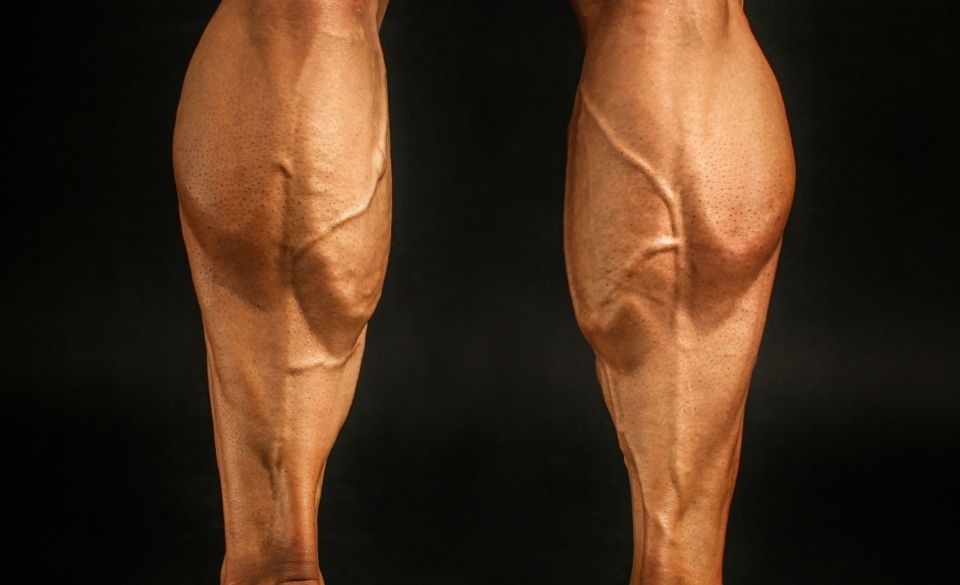
Why Are My Calves So Big? A Complete Guide – Updated 2022
Page Contents
Genetics plays a big role in how our bodies look. This can include your legs, especially your calf muscles and other parts of the body.
Some people have naturally skinny calves, while others have a large muscular type. However, some people in the middle are naturally born with big calf muscles that aren’t naturally muscular either.
Either way, you may have clicked on this article because you want to know why your calves are so big without any specific training. Well, keep on reading as we answer the question everyone asks: Why are my calves so big?
Is it good to have big calves?
Since your calf muscles help propel you forward when you run and walk, help you jump higher and stabilize the lower legs when needed. So having big calves can be beneficial if they are strong and developed and not just big.
Big calves can also help the body absorb load when the legs take impact. This could be through running, walking, jumping, or another form of exercise.
When your calf muscles are big and strong, they help support the rest of your lower limb and body, especially when the above movements are happening.
However, big calf muscles are not always a good thing. Some people, are naturally born with big calves. Big calf muscles don’t always mean a stronger more resilient muscle.
A large calf muscle can be because of genetics, too many salty foods, and even excess body fat. In a worse case, it can also be from doing the wrong kind of workouts for your body.
In general, if you train the calf muscles regularly and the size increases, it can only be a positive outcome for the rest of the body. However, if your calves have gotten big through poor diet and excess weight gain, you might want to start running or doing another form of cardio to help slim them down.
Why Are My Calves So Big?
Bigger than average calf muscles can be the result of a few things like:
– Genetics
– Too many salty foods
– Excess body fat
– Water weight
– Smoking
– High sodium intake
These things can often cause the calf muscle to become puffy, resulting in a calf muscle that is larger than usual.
However, if you have always had large calf muscles, most likely the cause is genetics.
Interestingly, though, bigger calve muscles are related to better health. One study (6,265 people) from the Journal of the American Heart Association found that people with bigger calves had fewer fatty deposits or plaques in their arteries. They found this across all age groups, and they also found that people with larger than average calf muscles were also at less risk for strokes and carotid artery diseases.
However, if you haven’t always had big calves, it may be caused by excess lower leg training, sprinting, or another form of exercise, where the calf muscle is always under high load.

What Causes Calves to be Big or Slender?
Just like the rest of the body, several factors can influence the size of your calves, which can include the following:
Genetics
Genetics plays one of the biggest roles in how your body looks, and this goes for the calf muscles too. While you can change some variables of your anatomy, not all can be changed. This ultimately depends on the person and their genetics.
Body Shape
Your body shape can define the size of your calves which can make them look bigger or smaller. For example, a pear-shaped person will have a larger lower body, while the upper body will be smaller than average. This makes the calf muscles bigger than normal for that person’s shape.
Exercise
Last but not least is exercise. Activities that require greater power, speed, and strength from the legs will generally create larger more defined calve muscles. This can include activities such as strength training, aerobics, basketball, and sprinting.
How Do I Reduce The Size Of My Calves?
Luckily, there are ways to reduce the size of your calves if you are unhappy with the way they look.
First, you must stop any exercises that build muscle in the calf region. These can include exercises like calf raises, exercising with a skipping rope, hill repeats running, and high lower leg power workouts.
The next thing to do is include more low-intensity cardio into your training. This can help lose body fat, thus reducing fat around the body, including the calf muscles.
If you go for the latter, it is important to keep a strict diet. By doing so, you will rapidly accelerate fat loss around the body.
If you are a runner, try to stay away from hills for some time. This can help reduce muscle mass in the lower legs. Alternatively, if you are a cyclist, try moving your cleat backward on the shoe to help reduce the amount of force applied to the calf muscle when pedalling.



